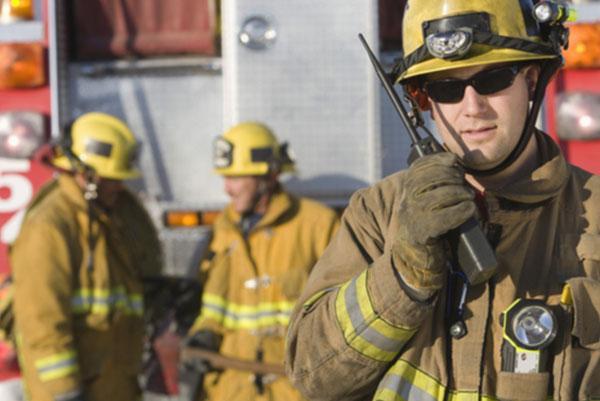Ensuring the safety of occupants during emergencies is paramount for any building, and reliable communication for first responders is key to achieving this. One vital component in achieving seamless communication is the Bi-Directional Amplifier (BDA), a device designed to bolster two-way communications. In times of crisis, clear and consistent radio transmissions between first responders inside and emergency personnel outside can make all the difference, potentially preventing injuries and saving lives.
However, the effectiveness of in-building radio signals can be compromised by building components made with concrete, metal, and hurricane windows, leading to communication blackouts. That’s why the integration of a BDA system becomes imperative to optimize safety during emergencies by ensuring uninterrupted communication channels.
In response to this need for improved in-building radio coverage, Florida has embraced the National Fire Protection Agency (NFPA) code mandating public safety radio enhancement systems in all buildings. This move, however, has created some confusion among building owners and developers who were unaware of this requirement. NFPA 1 Section 11.10.1 outlines the necessity for maintaining minimum radio signal strength for fire department communications, a standard determined by the Authority Having Jurisdiction (AHJ). By adhering to this requirement, emergency responders can count on more effective and reliable in-building radio communications, ultimately enhancing overall safety protocols.
So, how does one ensure compliance with these regulations? The evaluation typically revolves around three primary variables: the building’s size, the types of building materials used, and its proximity to the nearest AHJ radio tower. Our trained technicians employ specialized equipment to conduct rigorous grid testing, dividing the building into equally sized segments to assess signal strength within each grid. As per NFPA 72 and 1221, all buildings must achieve a minimum of 95% radio coverage in common areas and 99% in critical areas.
In instances where a building falls short during RF grid testing, local fire officials may mandate the installation of a Radio Enhancement System to bolster coverage. We offer comprehensive solutions tailored to address such deficiencies, ensuring your building meets regulatory standards and, most importantly, prioritizes the safety of its occupants. Learn more about our BDA systems and how AT&I is committed to creating safer spaces here.
Leverage our 20 years of experience to help right size a solution for your organization. Contact our team of experts here at AT&I – Tel: 866.436.3516 or book a consult with one of our experts at: https://tinyurl.com/bookati
AT&I Systems | Creating Safer Spaces



















